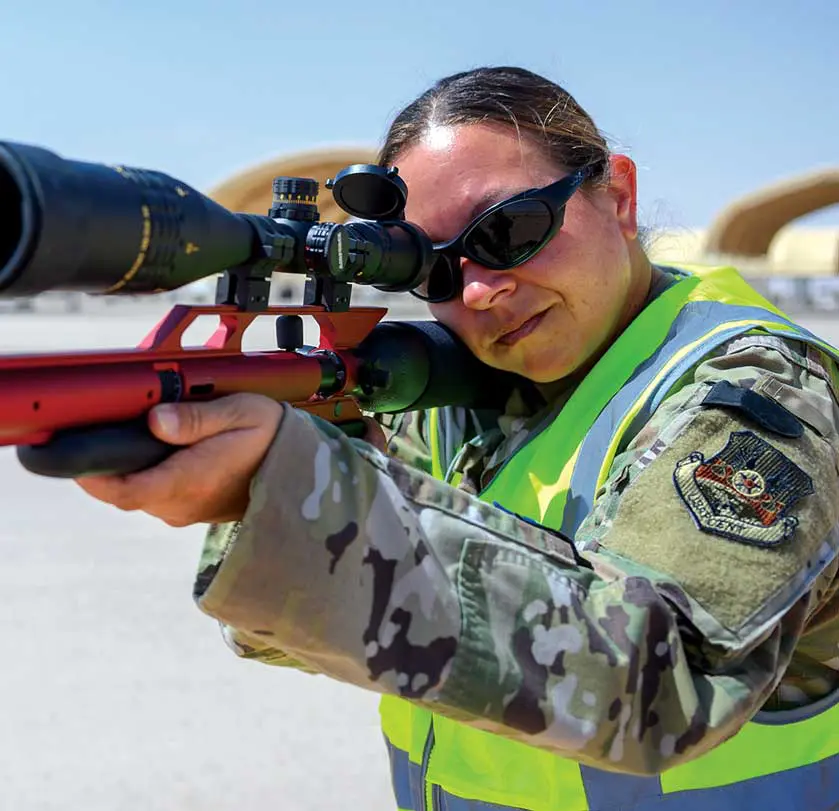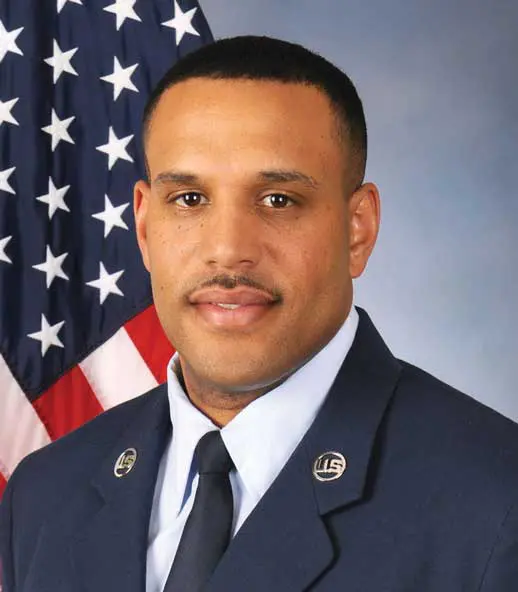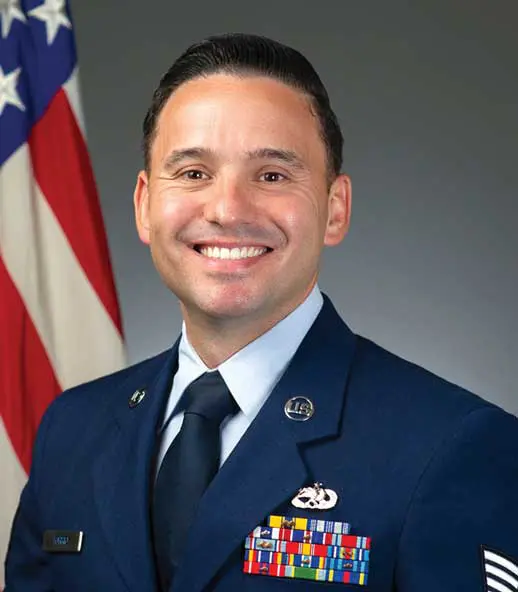The Flight Safety NCO: Your Safety Liaison
By MR. LALO MAYNES, HQ AMC FLIGHT SAFETY
WHO IS THE FLIGHT SAFETY NONCOMMISSIONED OFFICER (FSNCO)?
Your wing FSNCO is a maintainer, usually from your wing, selected because of his or her knowledge and expertise with AFI 21-101, Aircraft and Equipment Maintenance Management, and the organizational structure of the maintenance complex. The FSNCO is assigned to the Flight Safety Division of the Wing Safety office, typically for two or three years. After completing the Aircraft Mishap Investigation Course and Aviation Safety Program Management course, the newly trained FSNCO will soon become key to continuity within the Flight Safety (SEF) office. He or she reports to, and works with, the Flight Safety Officers, who report to the Chief of Safety for the wing. In addition to conducting aviation mishap investigations, the FSNCO is an invaluable asset to each wing through historical mishap data and analytics, customized training and briefings, robust inspections, safety program oversight, proactive safety advocacy, and expeditionary capabilities for global impact.
Your FSNCO is a key source of historical mishap data and is connected with personnel at the Air Force Safety Center at Kirtland Air Force Base (AFB), NM, and more specifically, with the Air Force Safety Automated System. This system database is where safety professionals can query mishaps as far back as 1980. For example, the FSNCO can give the Flight Chief of a maintenance tire shop a list of aviation mishaps and personal injuries that were due to under- or over-inflation of an aircraft tire. The FSNCO can further identify mishap trends due to manufacturing issues, storage of a component, or the shelf life of a particular part. Utilizing historical mishap data and analysis is vital to proactive mishap prevention by all Airmen.
As with any organization, high-quality training is critical to preventing mishaps. The FSNCO can assist agencies in the Maintenance Group (MXG), such as Quality Assurance (QA) and Maintenance Training (MAT), or give roll call safety briefings. Your FSNCO should work hand-inÂ-hand with the MAT flight instructors. Maintenance training teaches, qualifies, and certifies students enrolled in the aircraft maintenance qualification program. In the training environment, FSNCOs are able to give safety briefings to students, sharing statistics and trends on mishaps related to skills they are currently being taught.
In accordance with AFI 91-202, The U.S. Air Force Mishap Prevention Program, the wing FSNCO inspects multiple areas within the MXG and Operations Group (OG). Specifically, for the MXG, a few focus areas for the FSNCO include QA, the Foreign Object Damage Program, Product Improvement, and the Functional Check Flight Program. Within the OG, FSNCO inspection focus areas center on flying squadron safety programs and the airfield environment, generally in conjunction with Airfield Management. Airfield inspections typically include surveying stressed and unstressed pavements on the airfield for deterioration, airfield lighting systems, airfield markings to include runway markings, distance markings and taxi lines, obstructions, construction and improvements, wildlife hazards present on the airfield, vegetation, and airfield drainage.
At the wing level, SEF has several aviation safety programs that must be established, maintained, and reviewed annually by the Chief of Safety, and the FSNCO has an active role in each, including the Bird/Wildlife Aircraft Strike Hazard (BASH) program. As the title indicates, it pertains to any birds or wildlife on or near the airfield that may present hazards to aviation. Wildlife found on airfields may include moose in northern-tier states, alligators in the south, and coyotes almost everywhere, and includes endangered species as well. For instance, Streaked Horned Larks have made their home in the infield at Joint Base Lewis-McChord, WA. Most would think the aircraft have the rightÂ-of-way when on a military airfield; however, that is not the case when it comes to animals on the endangered species list or designated “wetlands†areas. Eradication and depredation of wildlife is the last effort in most BASH programs. The FSNCO, along with U.S. Department of Agriculture representatives, is a key figure in the often precarious balance of executing operations while being good stewards of local natural resources.
As a proactive safety advocate, the FSNCO focuses on more than just mishap investigation. For example, he or she briefs maintenance and operations personnel on the Airman Safety Action Program (ASAP) to encourage their participation. The ASAP is a voluntary, identity-protected (can be submitted anonymously), web-based program used to report hazards by Airmen of all functional areas. If you witness an incident or hazard that has the potential to cause an injury or damage to equipment, you can submit an ASAP report at https://asap.safety.af.mil. At home, at work, or from your deployed location, you can submit an identity-protected ASAP report with the assurance that your Major Command will be investigating the information you submitted.
In addition to the robust capabilities FSNCOs provide their home station wing, they also provide an essential expeditionary capability to Combatant Commanders. Their knowledge of safety programs, mishap investigations, risk management, and the ability to share information with Flight Chiefs, QA, and MAT to prevent mishaps is invaluable. MSgt Danielle Barnette from the 22d Air Refueling Wing Flight Safety office at McConnell AFB, KS, is currently deployed to Prince Sultan Air Base, Saudi Arabia. I recently asked her, “Being away from home station, what different challenges do you face as the FSNCO at your location?†She replied, “There are two main challenges I’ve come across. My whole career has consisted of a heavy/tanker airframe background, but fighters speak a different language, and with that, you will have to adjust your thought process. And [the] second [challenge is], performing tasks or filling positions that I had support for back at home station. For example, filling the role as the Flight Safety Officer and even the Chief of Safety.†Her response is reflective of what all deployed FSNCOs encounter: opportunities to utilize their unique skillsets to overcome various challenges, as well as expanded responsibility based on demonstrated capability, competency, and consistency.
Uniquely, the FSNCO position is not a separate Air Force Specialty Code. FSNCOs maintain their current specialties while also being liaisons between maintenance and the Wing Safety Office, and are integral figures in any wing, both at home and abroad. I encourage you to contact your wing FSNCO and request that he or she comes to your office, shop, or hangar to give the next roll call safety briefing to your Airmen. Be safe!






